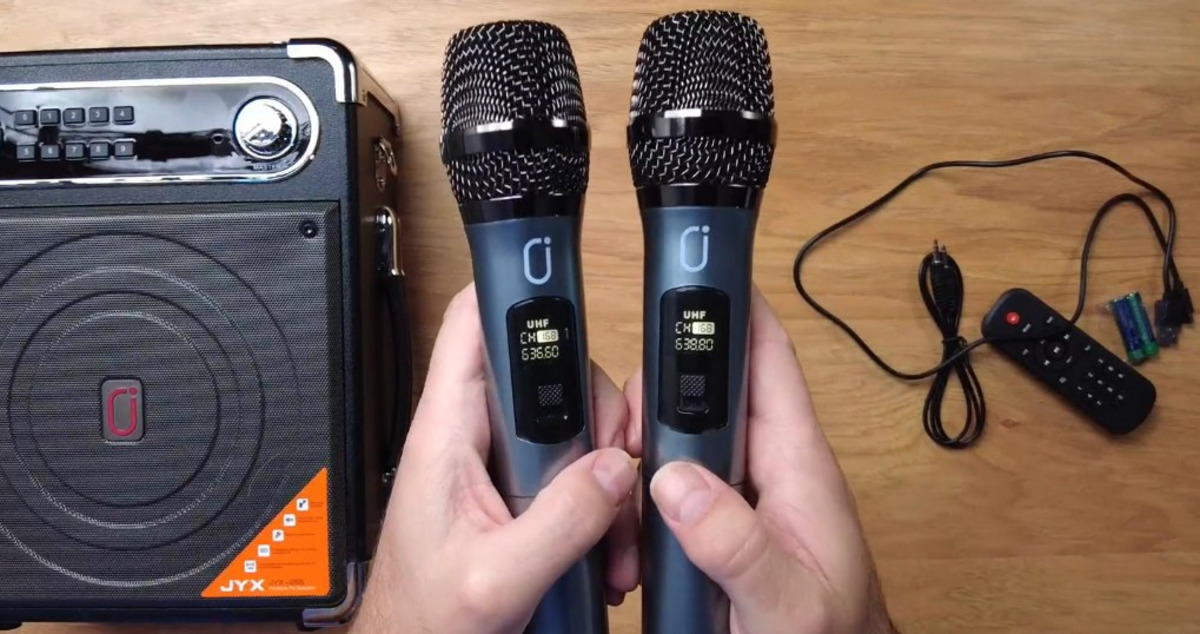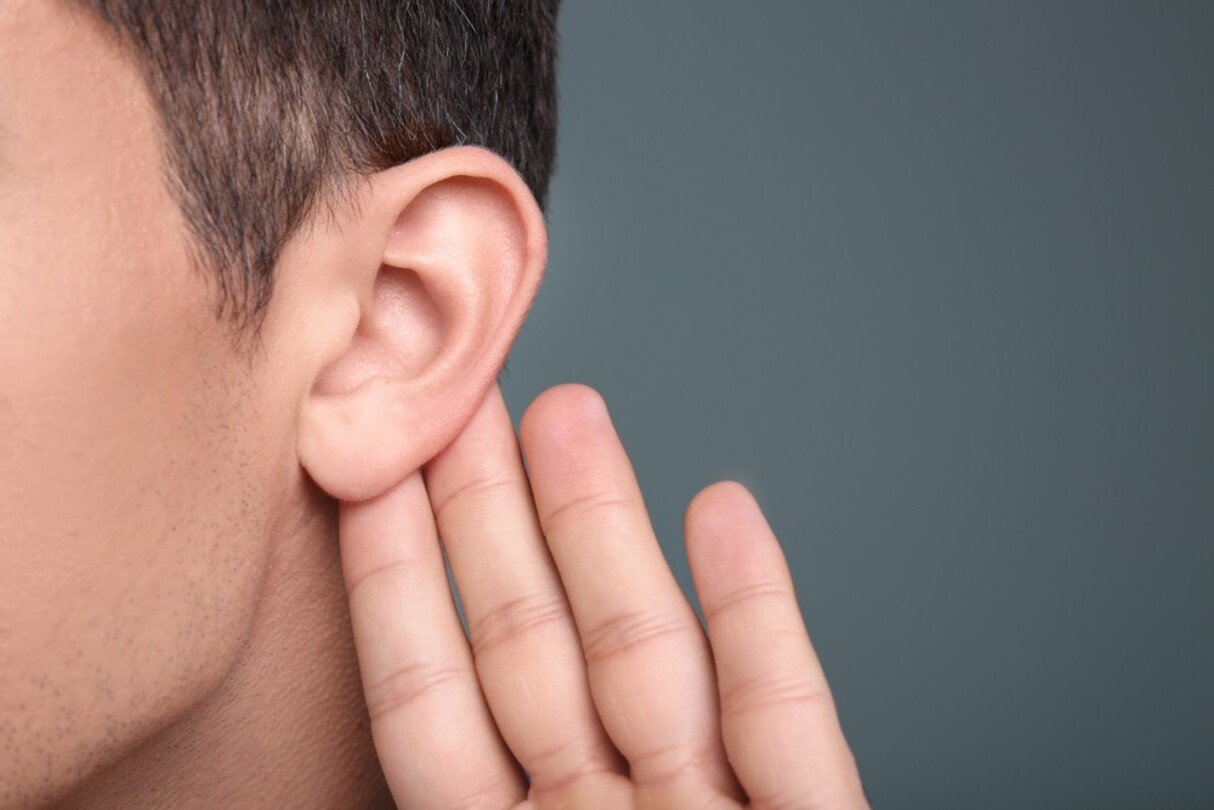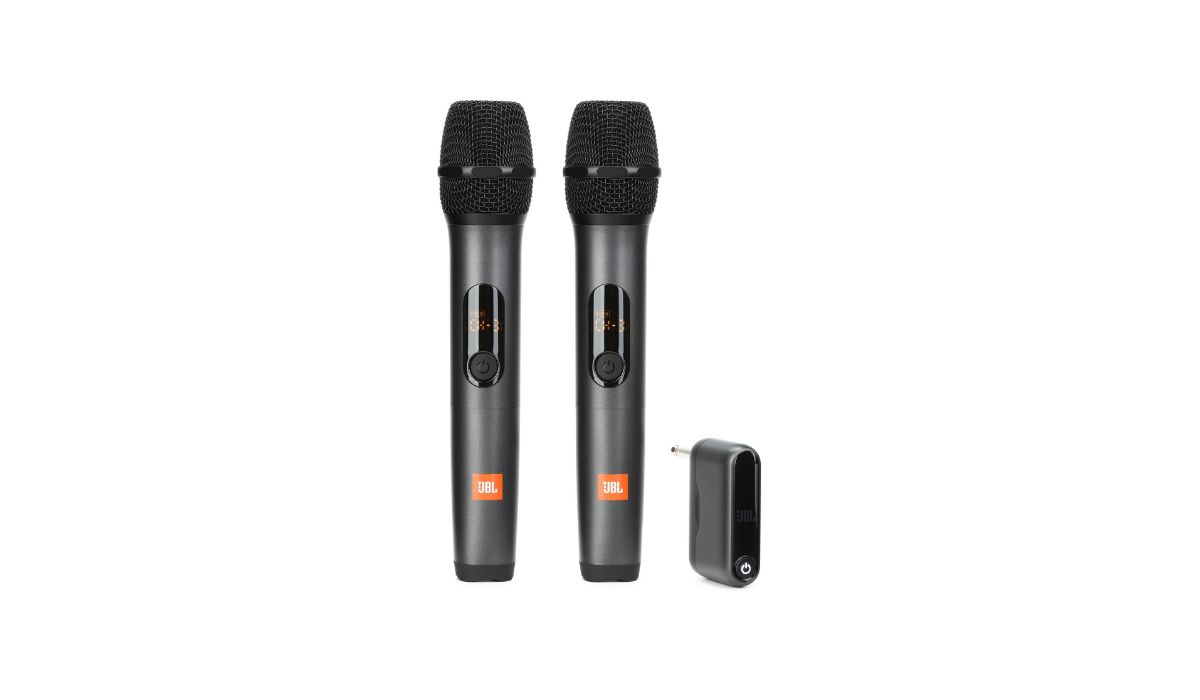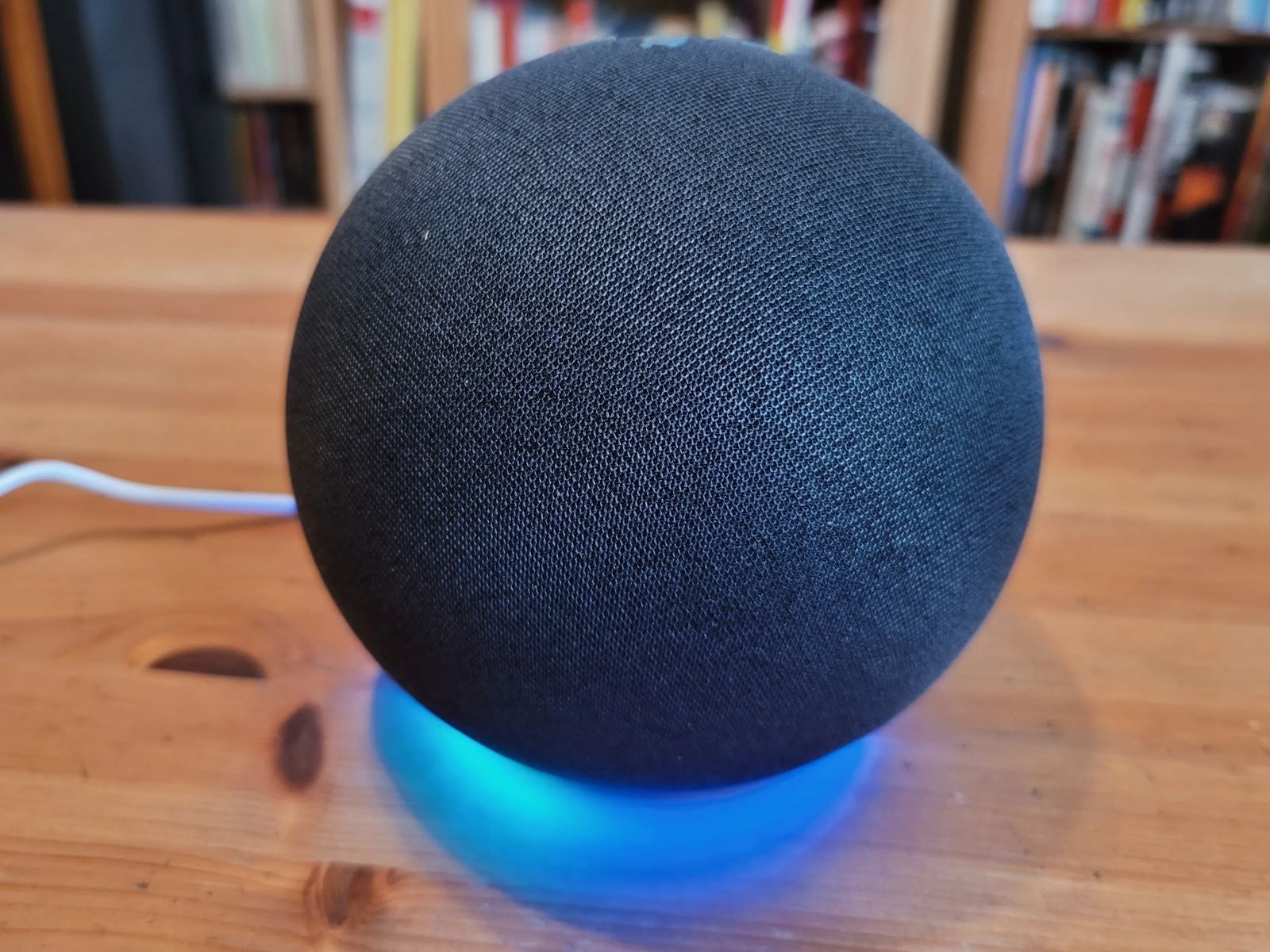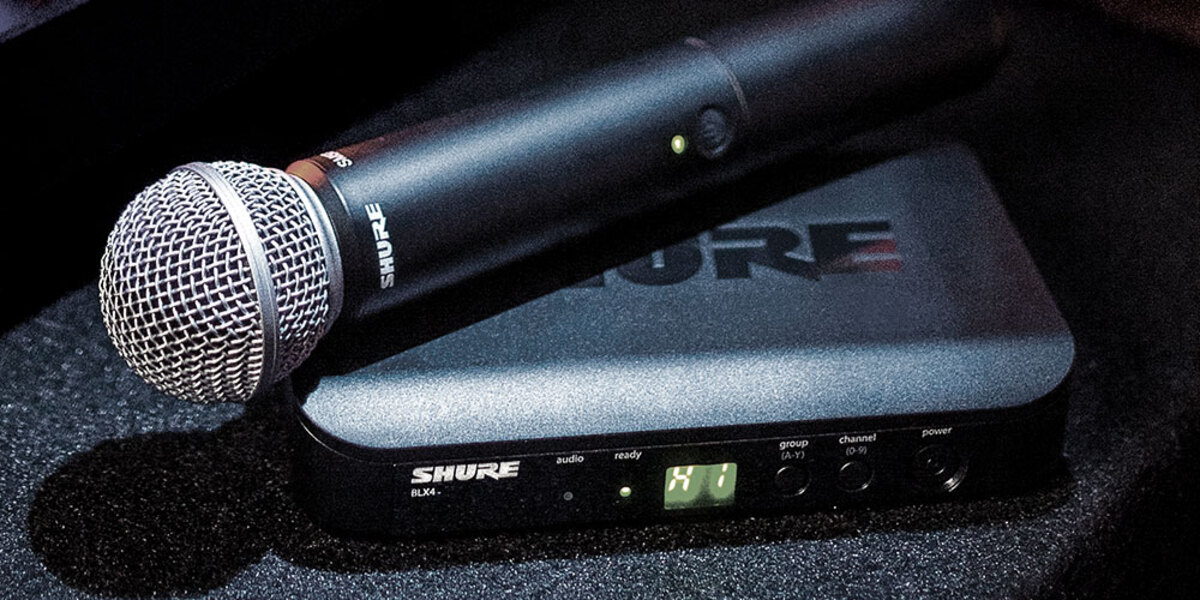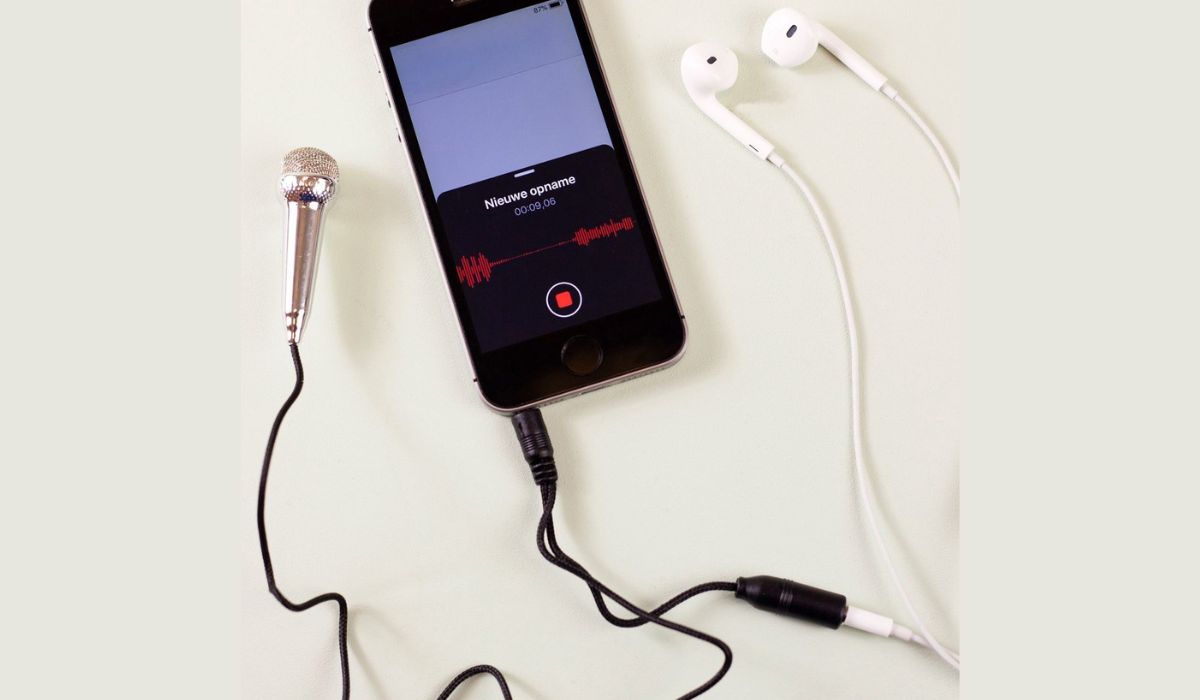Home>Devices & Equipment>Microphone>What Uhf Frequencies Can I Use For Wireless Microphone
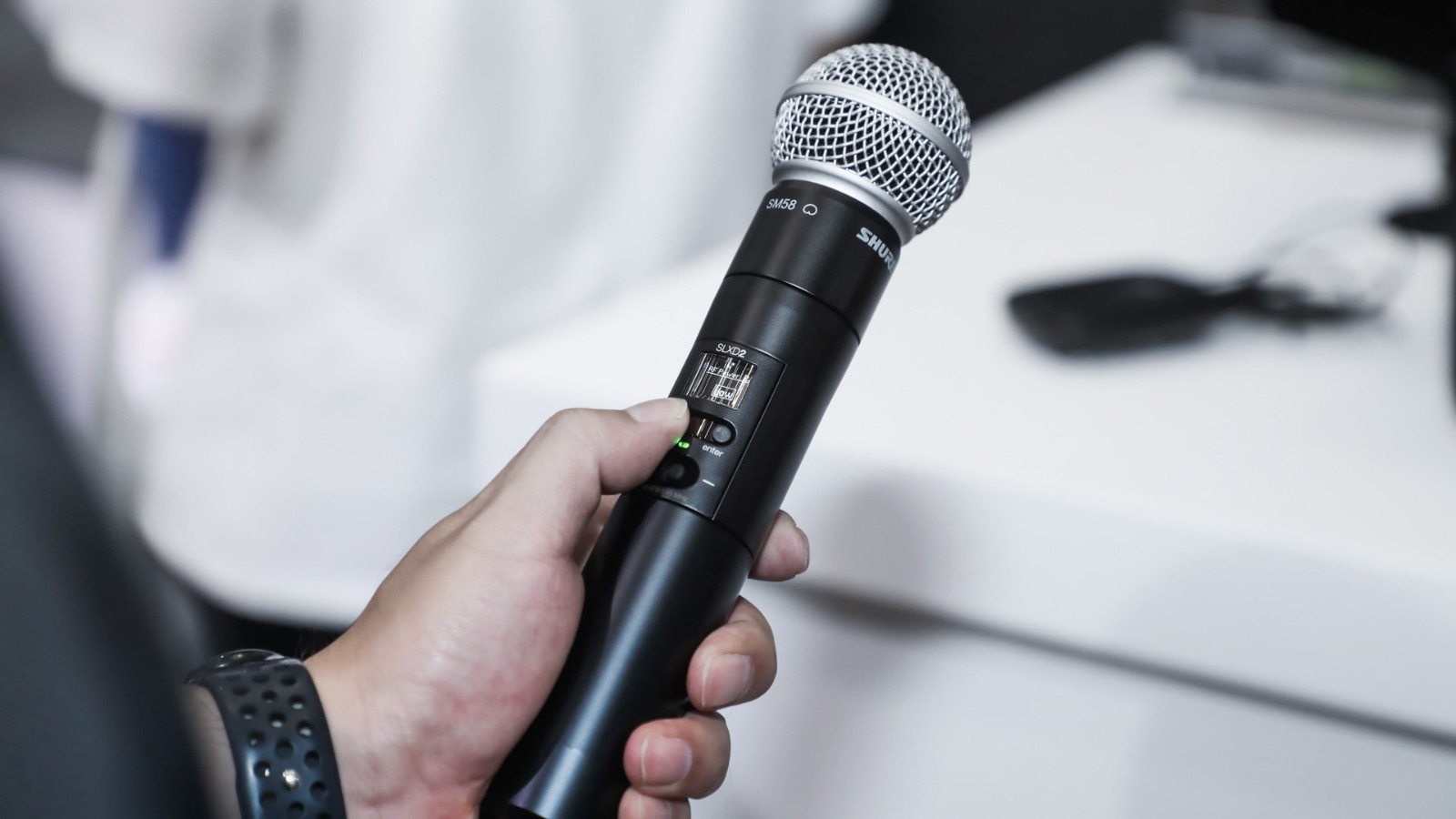

Microphone
What Uhf Frequencies Can I Use For Wireless Microphone
Published: February 17, 2024
Discover the best UHF frequencies for your wireless microphone. Find out which frequencies are ideal for optimal performance. Learn more about microphone frequencies.
(Many of the links in this article redirect to a specific reviewed product. Your purchase of these products through affiliate links helps to generate commission for AudioLover.com, at no extra cost. Learn more)
Table of Contents
Introduction
Welcome to the world of wireless microphones and UHF frequencies! If you're delving into the realm of audio equipment, understanding UHF frequencies is crucial for optimizing the performance of your wireless microphone systems. UHF, which stands for Ultra High Frequency, offers numerous advantages for wireless microphone applications, including extended range, reduced interference, and compatibility with a wide array of devices.
In this comprehensive guide, we'll explore the intricacies of UHF frequencies for wireless microphones, shedding light on the frequency bands, coordination processes, and essential factors to consider when selecting UHF frequencies for your specific needs. Whether you're a seasoned audio professional or a budding enthusiast, this article aims to demystify the complexities surrounding UHF frequencies, empowering you to make informed decisions and elevate your wireless microphone experience.
So, buckle up and get ready to embark on an enlightening journey through the fascinating world of UHF frequencies and wireless microphones. By the end of this guide, you'll be equipped with the knowledge and insights to navigate the UHF landscape with confidence, ensuring optimal performance and seamless integration of wireless microphones into your audio setups.
Understanding UHF Frequencies
UHF frequencies refer to the radio frequencies in the range of 300 MHz to 3 GHz, offering a broad spectrum for wireless communication and audio transmission. In the context of wireless microphones, UHF frequencies play a pivotal role in ensuring reliable and high-quality signal transmission, making them a popular choice for various professional audio applications.
One of the key advantages of UHF frequencies is their ability to penetrate obstacles and cover substantial distances, making them suitable for large event venues, outdoor performances, and complex audio setups. Additionally, UHF signals are less susceptible to interference from other electronic devices, resulting in clearer audio transmission and reduced chances of signal dropout.
Understanding the characteristics of UHF frequencies is essential for optimizing the performance of wireless microphone systems. By leveraging the expansive UHF spectrum, audio professionals and enthusiasts can achieve greater flexibility in channel selection, minimizing the risk of signal conflicts and ensuring seamless coexistence with other wireless devices operating in the vicinity.
Moreover, UHF frequencies offer robustness and stability, allowing wireless microphones to deliver consistent audio quality across diverse environments and usage scenarios. Whether it’s a dynamic live performance, a corporate presentation, or a broadcast production, the reliability of UHF frequencies contributes to the overall success of audio transmission, fostering a seamless and immersive listening experience for audiences.
As we delve deeper into the world of UHF frequencies for wireless microphones, it’s important to grasp the nuances of frequency bands, coordination techniques, and the factors that influence the selection of optimal UHF channels. By acquiring a comprehensive understanding of UHF frequencies, you’ll be well-equipped to harness their potential and elevate the performance of your wireless microphone setups.
UHF Frequency Bands for Wireless Microphones
When exploring UHF frequency bands for wireless microphones, it’s essential to navigate the spectrum with precision and awareness of regulatory considerations. The UHF range encompasses multiple frequency bands allocated for wireless microphone operation, each offering distinctive characteristics and regulatory frameworks.
Common UHF frequency bands utilized for wireless microphones include the 470-608 MHz and 614-698 MHz ranges, which have been historically favored for audio transmission due to their favorable propagation properties and compatibility with professional audio equipment. These bands provide ample channel options, enabling users to select frequencies that minimize interference and maximize signal integrity.
However, it’s crucial to stay abreast of regulatory developments and spectrum reallocation initiatives, as the availability of UHF frequency bands for wireless microphones is subject to dynamic changes driven by evolving telecommunications policies and the emergence of new wireless technologies. In some regions, certain UHF bands may be repurposed for other wireless applications, necessitating proactive frequency management and adaptation to ensure compliance and operational continuity.
Furthermore, the selection of UHF frequency bands should align with the specific requirements of the intended audio setup, taking into account factors such as local spectrum usage, interference sources, and the presence of adjacent channel users. By conducting thorough spectrum analysis and leveraging frequency coordination tools, audio professionals can identify optimal UHF bands for their wireless microphone systems, mitigating the risk of co-channel interference and regulatory non-compliance.
As technology continues to evolve, additional UHF frequency bands may become available for wireless microphone use, offering expanded opportunities for spectrum access and enhanced operational flexibility. Keeping a pulse on industry developments and regulatory changes empowers audio practitioners to adapt their frequency strategies and capitalize on emerging UHF bands that align with their performance objectives and compliance obligations.
In the next section, we’ll delve into the intricacies of UHF frequency coordination, shedding light on the best practices for managing and optimizing UHF channels in wireless microphone setups.
UHF Frequency Coordination
UHF frequency coordination is a vital process for ensuring harmonious coexistence and optimal performance of wireless microphone systems operating within the UHF spectrum. This multifaceted endeavor involves the strategic allocation of UHF channels to minimize interference and maximize the efficient use of available frequencies, thereby facilitating seamless audio transmission in diverse environments.
Effective frequency coordination entails meticulous spectrum analysis, where audio professionals assess the local RF environment to identify vacant UHF channels and mitigate the risk of signal conflicts. By leveraging specialized software and spectrum scanning tools, practitioners can gain insights into frequency availability, signal strength, and the presence of competing RF devices, empowering them to make informed decisions when allocating UHF channels for wireless microphone deployment.
Moreover, collaboration and communication among audio production teams, event organizers, and venue managers are integral to successful UHF frequency coordination. By sharing frequency coordination data and coordinating channel assignments, stakeholders can collectively optimize the allocation of UHF frequencies, fostering a conducive RF environment that minimizes the potential for interference and maximizes the operational stability of wireless microphone systems.
Furthermore, adherence to industry best practices and regulatory guidelines is paramount during UHF frequency coordination, ensuring compliance with spectrum usage policies and mitigating the risk of infringing upon licensed or protected frequency bands. This involves staying informed about local spectrum regulations, licensing requirements, and frequency coordination protocols, thereby upholding operational integrity and legal compliance in wireless microphone deployments.
As wireless audio technologies continue to evolve, the role of UHF frequency coordination becomes increasingly pivotal in mitigating RF congestion and optimizing spectrum utilization. By embracing advanced coordination methodologies and leveraging real-time monitoring tools, audio professionals can adapt to dynamic RF environments, proactively addressing interference challenges and safeguarding the seamless operation of wireless microphone systems.
In the subsequent section, we’ll delve into the essential factors to consider when choosing UHF frequencies for wireless microphone applications, empowering practitioners to make informed decisions that align with their performance objectives and regulatory obligations.
Factors to Consider When Choosing UHF Frequencies
When embarking on the selection of UHF frequencies for wireless microphone applications, several pivotal factors come into play, each influencing the performance, reliability, and regulatory compliance of the wireless audio setup. By carefully evaluating these considerations, audio professionals can make informed decisions that optimize signal quality, mitigate interference, and ensure seamless operation within the UHF spectrum.
- Local Spectrum Conditions: Conducting a thorough analysis of the local RF environment is essential, as it provides insights into existing RF activity, available UHF channels, and potential sources of interference. By understanding the spectrum landscape, practitioners can identify optimal UHF frequencies that minimize the risk of co-channel interference and spectral congestion.
- Regulatory Compliance: Adhering to regional spectrum regulations and licensing requirements is paramount. It’s crucial to ascertain the permissible UHF frequency bands for wireless microphone use in a given location, ensuring alignment with governmental guidelines and industry standards to avoid legal implications and operational disruptions.
- Intermodulation Considerations: Managing intermodulation distortion is crucial for optimizing UHF frequency selection. By evaluating potential intermodulation products resulting from the interaction of multiple UHF frequencies, practitioners can strategically choose non-interfering channels, minimizing intermodulation-related signal degradation.
- Adjacent Channel Interference: Mitigating the impact of adjacent channel interference is vital for preserving signal integrity. Selecting UHF frequencies with adequate guard bands and sufficient separation from adjacent channels helps minimize the risk of interference, contributing to robust and reliable wireless microphone performance.
- Dynamic Frequency Selection: Embracing dynamic frequency selection technologies, such as frequency agile systems and spectrum scanning capabilities, empowers audio professionals to adapt to evolving RF conditions. These technologies facilitate real-time frequency adjustments, enabling seamless transitions to interference-free UHF channels as environmental dynamics change.
By integrating these factors into the UHF frequency selection process, audio practitioners can optimize the performance and regulatory compliance of wireless microphone systems, fostering a seamless audio experience across diverse production environments and event scenarios.
As we conclude our exploration of UHF frequencies for wireless microphones, it’s evident that a nuanced understanding of these factors, coupled with proactive frequency coordination practices, is instrumental in harnessing the full potential of UHF spectrum for pristine audio transmission. By embracing technological advancements and regulatory awareness, audio professionals can navigate the complexities of UHF frequency selection with confidence, elevating the quality and reliability of wireless microphone deployments.
Conclusion
As we draw the curtains on our journey through the realm of UHF frequencies for wireless microphones, it’s evident that these frequencies serve as a cornerstone of reliable and high-fidelity audio transmission in diverse professional and recreational settings. The expansive UHF spectrum offers a playground of opportunities for audio practitioners, empowering them to deliver captivating sound experiences while navigating the intricacies of frequency selection, coordination, and regulatory compliance.
By delving into the nuances of UHF frequencies, we’ve uncovered the inherent advantages of UHF spectrum for wireless microphone applications, including extended range, reduced interference susceptibility, and compatibility with a myriad of audio devices. The robustness and versatility of UHF frequencies position them as a preferred choice for audio professionals seeking to deliver pristine sound quality and operational resilience in dynamic production environments.
Furthermore, our exploration of UHF frequency coordination has shed light on the pivotal role of strategic frequency allocation, spectrum analysis, and collaborative coordination efforts in mitigating interference and optimizing spectrum utilization. By embracing best practices and staying attuned to regulatory developments, audio practitioners can navigate the evolving RF landscape with confidence, safeguarding the seamless operation of wireless microphone systems.
As technology continues to evolve and regulatory frameworks adapt to emerging wireless trends, the significance of informed UHF frequency selection and coordination cannot be overstated. The factors we’ve explored, including local spectrum conditions, regulatory compliance, intermodulation considerations, and dynamic frequency selection, collectively shape the landscape of UHF frequency utilization, guiding practitioners toward optimal performance and regulatory adherence.
In essence, the journey through UHF frequencies for wireless microphones encapsulates a narrative of innovation, adaptability, and regulatory mindfulness. Armed with a comprehensive understanding of UHF frequencies and the factors influencing their selection, audio professionals are poised to orchestrate captivating soundscapes, transcending the boundaries of traditional audio transmission and embracing the boundless potential of UHF spectrum for wireless microphone excellence.
As you venture forth in your audio endeavors, may the insights gleaned from this guide serve as beacons of guidance, empowering you to harness the full potential of UHF frequencies and craft immersive audio experiences that resonate with audiences far and wide.



